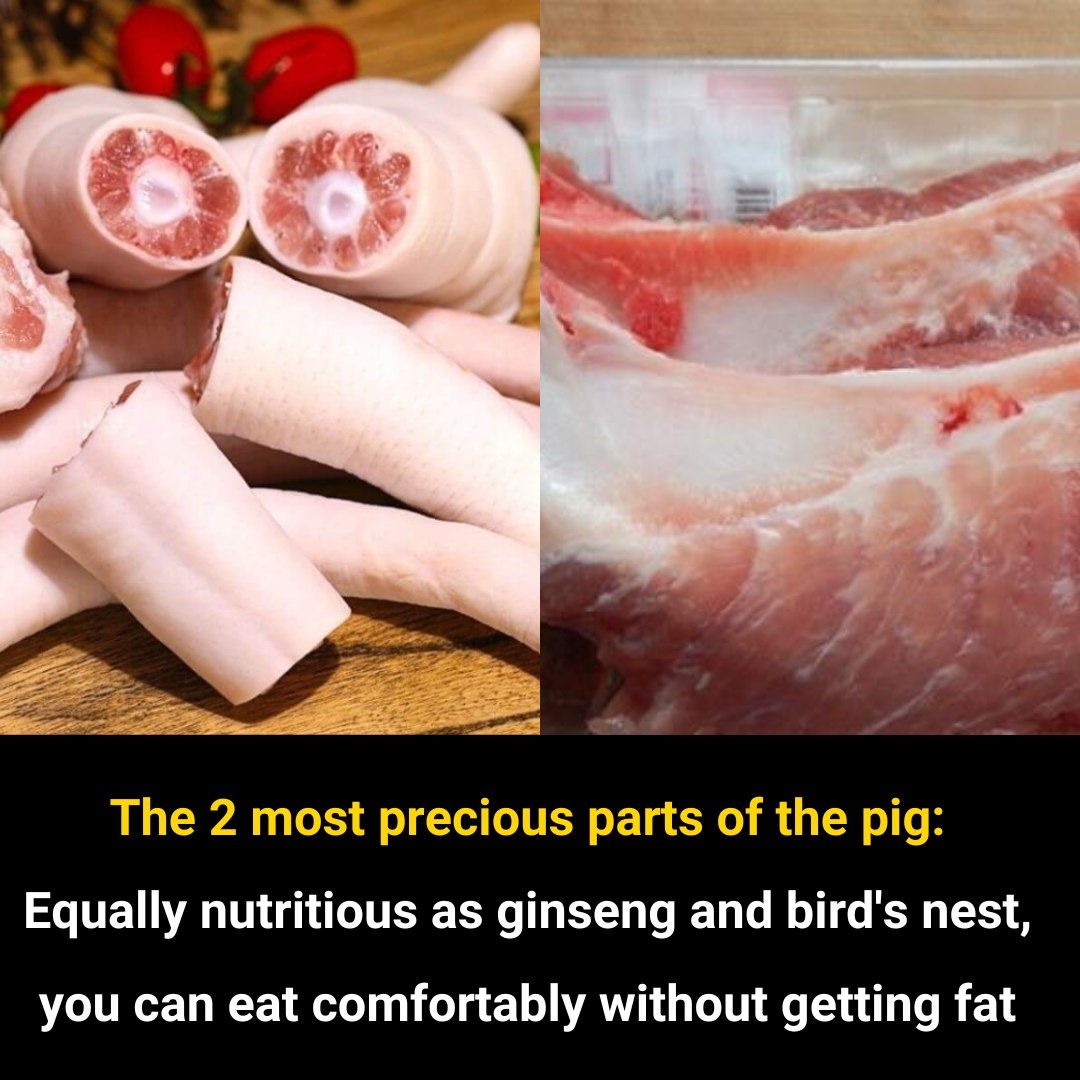ADVERTISEMENT
This article will delve into the different parts of the pig and discuss their various uses, values, and why certain parts may be considered more valuable than others in particular contexts.
### Understanding the Anatomy of a Pig
A pig, like any other animal, is made up of various parts, all of which are useful in some way. Some parts are more popular for specific industries, while others may not be as widely recognized for their value. Broadly speaking, pigs are raised for their meat, but other parts are also used for non-culinary purposes, contributing to their economic worth.
The following are the main categories that define the pig’s anatomy in terms of its economic and culinary value:
– **Meat**: This is the most obvious and well-known value of the pig. Its meat is widely consumed around the world in various forms, from fresh cuts to processed foods like bacon, sausages, and ham.
– **By-products**: Aside from the meat, pigs yield valuable by-products, such as skins (for leather), bones (for gelatin), organs (for certain medical uses), and fats (for industrial purposes).
– **Medical**: Pigs are also invaluable in the field of medicine, with certain parts being used for research and even human medical applications.
### The Most Valuable Part of a Pig for Culinary Purposes
For most people, the value of a pig is defined by the edible parts, primarily the meat. Different cuts of pig meat are prized in various cultures and cuisines around the world, from tenderloin to belly, ribs, and more. However, the value of specific parts can vary depending on culinary preferences, regional cuisines, and the popularity of certain cuts in particular markets.
#### 1. **Pork Belly: The Centerpiece of Many Dishes**
Pork belly is often considered one of the most valuable parts of the pig in culinary terms. It’s the cut of meat that is most associated with the production of bacon, one of the world’s most beloved foods. Additionally, pork belly is prized in many cultures, from Chinese cuisine (where it’s often braised or roasted) to American barbecue and European charcuterie.
In terms of value:
– **Global Popularity**: Bacon and other cured pork products made from the belly are in high demand worldwide.
– **Versatility**: Pork belly can be prepared in countless ways—roasted, braised, grilled, or fried.
– **Culinary Prestige**: In fine dining, pork belly is often served as a decadent dish because of its tender meat and crispy skin, which adds a luxurious texture to meals.
#### 2. **Pork Shoulder: The Workhorse of the Pig**
Another valuable cut of the pig is the shoulder. Known for its rich flavor and higher fat content, pork shoulder is a staple in slow-cooked dishes. Whether it’s pulled pork, carnitas, or a simple roast, pork shoulder has earned its place in both home kitchens and restaurants.
– **Slow-Cooking Qualities**: The fat content and marbling in the pork shoulder allow it to be slow-cooked to perfection, making it ideal for roasting, braising, or barbecuing.
– **Cost-Effectiveness**: Pork shoulder is considered one of the more affordable cuts while still offering a rich, savory flavor, making it a highly valued part of the pig for large-scale cooking, such as catering or family meals.
#### 3. **Ham: A Holiday Favorite**
Ham is another highly prized part of the pig, particularly for festive meals. It’s made from the hind leg and is often cured, smoked, or sometimes cooked fresh. The versatility of ham, with its ability to be eaten cold, sliced thin, or cooked as part of a main dish, makes it valuable both as a luxury item and as a staple.
– **Holiday Significance**: In many Western cultures, ham is considered an essential dish for holiday celebrations like Christmas and Easter, driving its value up during those times.
– **Cured Varieties**: Cured hams, such as prosciutto, jamón ibérico, and country ham, are highly sought after in gourmet markets, with some varieties fetching high prices.
For Complete Cooking STEPS Please Head On Over To Next Page Or Open button (>) and don’t forget to SHARE with your Facebook friends
